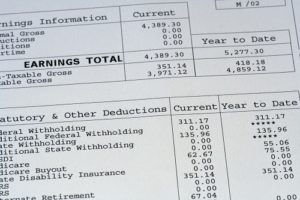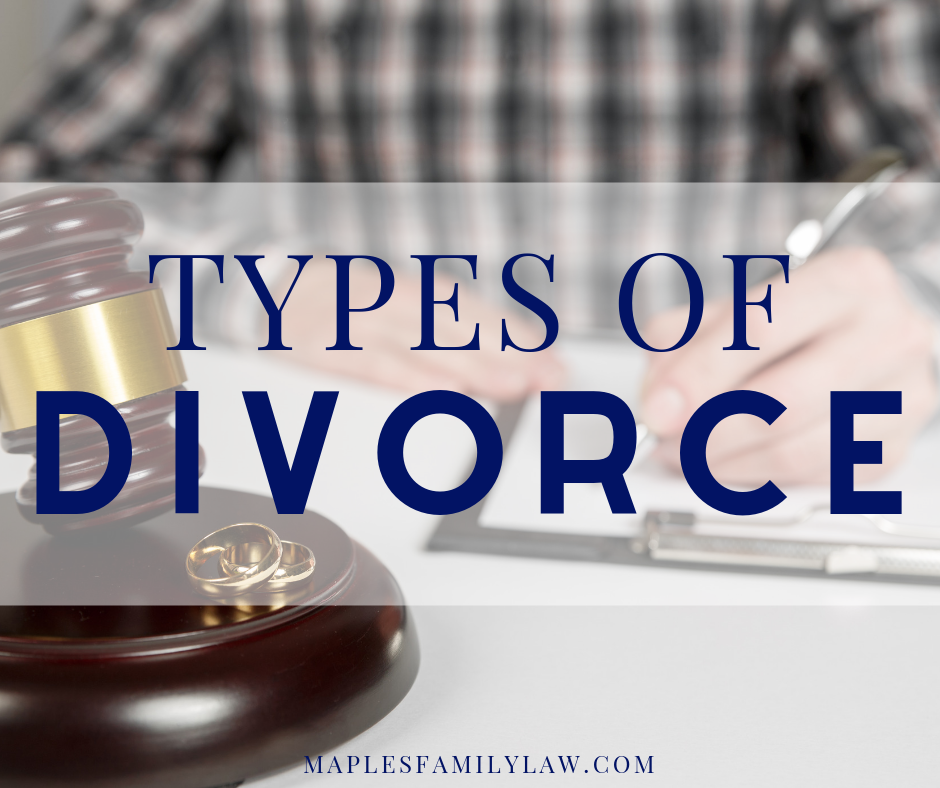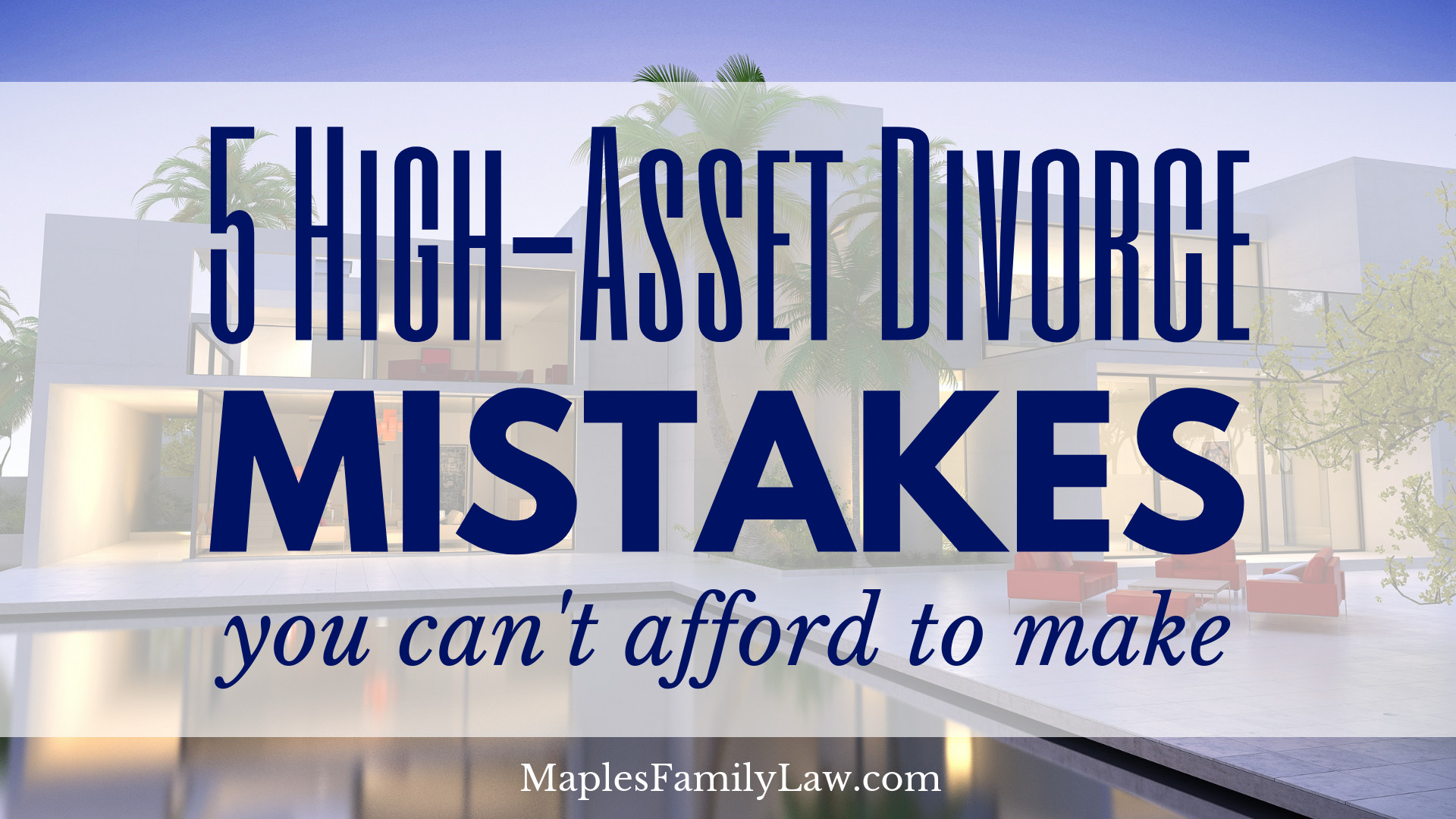 Divorce
Divorce
Divorce Litigation in CA

Divorce Litigation in CA
In California, divorce litigation is a type of contested divorce. This process takes place in an official courtroom setting, where both spouses have the opportunity to make arguments and present evidence before a judge (usually through an experienced family law attorney).
Unfortunately, divorce litigation takes a lot longer than other types of divorce. It’s also more expensive, and offers less control over the outcome, meaning it’s not always the best option, for those who have other choices.
To help you get started, here’s what you need to know about divorce litigation in California, how it compares to other types of divorce, and what Maples Family Law can do to help you navigate these important matters.
Contested Divorce and Litigation
Divorce litigation (or, “divorce trial”) is a type of contested divorce, which takes place in a formal courtroom setting—complete with judge, gavel, and surely courtroom bailiff.
In contrast to an uncontested divorce, “contested” divorce simply means that you and your spouse disagree about how to resolve the terms of your split. It doesn’t have to be emotionally toxic, and can still be amicable.
Because of its cons, litigation is usually the last stop on the divorce train; a place couples go only after exhausting all other options. When this happens, litigation is initiated by one party filing a divorce complaint. Couples will then begin preparing for trial through a process that’s known as “discovery.”
At trial, spouses present this discovery evidence before a judge, and make arguments that support their side of the case. Most of the time, these arguments are made through a trusted, family law attorney (though, representation isn’t technically required).
Issues to Settle During Divorce Litigation
Unless you have a valid prenuptial agreement to speed things along, there will be a lot of unresolved issues to sort out, during your divorce trial.
Some of these questions include how you’re going to:
- Divide bank accounts;
- Assign marital debt;
- Handle the family home;
- Split retirement and investments;
- Resolve child custody;
- Pay child support;
- Schedule visitation; and,
- Allocate spousal support.
During your trial, each of these topics will be carefully discussed, argued, and sometimes even analyzed by outside expert witnesses, until a decision can be reached on each one.
How long all that takes will vary between couples, but it’s not uncommon for divorce litigation to last for months—even years.
After Divorce Litigation
Once each issue is settled, the terms of your divorce will be compiled into a final divorce order (which you will need to file with the clerk).
A divorce order contains a listing of every decision made during your trial. It summarizes your negotiations, and outlines how you’re supposed to handle things like property division, child custody, alimony, moving forward.
In general, spouses have very little say in what goes into a final order. Instead, judges make their own determinations, and you’ll be required to abide by the outcome—whether you like the terms or not.
Divorce Litigation: Pros and Cons
All divorce types have pros and cons, and litigation is no different. Before starting your journey, we suggest getting familiar with this list, to see whether a trial is right for your situation.
Litigation Pros
With so many cons, it’s easy to forget that litigation also has its perks. For instance:
- You have no obligation to compromise.
- You don’t have to communicate with your spouse.
- The law is applied impartially, and without emotion or bias.
- Children are better protected from potentially harmful situations.
- Judges can subpoena hard-to-reach information out of your spouse.
In short, litigation alleviates you from having to strong-arm your spouse into cooperation. Instead, the California judicial system does that for you.
Litigation Cons
Court trials are often glamorized on T.V. In reality, though, litigation has a lot more cons than pros.
Case in point, during divorce litigation:
- Everything takes more time.
- You’re at the mercy of an overworked, overbooked, judicial system.
- You’ll spend more money than you think.
- You’ll have less control over the outcome.
- You might not like the judge’s decisions.
- The environment is emotionally toxic.
- You’ll be more stressed.
- Your children will have a harder time coping.
- The transition to your family’s new normal will be harder.
In short, litigation is time-consuming, emotionally draining, and comes with a fairly hefty price tag that almost everyone would be better off without. Drawbacks that make litigation one of the least desirable ways to get divorced.
How to Make Litigation Better
Despite the downsides, in some situations, divorce litigation might be your only option. Hence, to help your trial go faster (and run more smoothly), here are three tips you should keep in mind.
1. Come to Court Prepared
Being prepared can go a long way to making your process run like clockwork. This means coming to court ready to participate in the day’s agenda. It means doing your research. Having all your documents together. And never missing a deadline.
Preparation saves valuable time in the courtroom, keeps cost to a minimum, and helps mitigate the chances of unexpected surprises cropping up at a future date.
2. Don’t Dig in Your Heels
Technically, you don’t have to compromise during litigation (after all, that was one of the perks, right?) That being said, just because you don’t have to, doesn’t mean you shouldn’t.
Couples who dig in their heels and argue about every little thing are the ones most likely to end up with years-long divorces. Not only does this back and forth drag down your timeline significantly, it also drives up your bottom line, and creates an incredibly toxic environment that’s hard on everyone—especially young children.
At the end of the day, your judge is going to make decisions, with or without your cooperation. However, engaging in thoughtful compromises can go a long way toward securing a quicker resolution.
3. Avoid Litigation at All Costs
Finally, we hate to be the bearers of bad news and all that, but in all seriousness? The best way to make divorce litigation better is to simply avoid it, altogether.
Contrary to what Hollywood might have you believe, litigation is not the only way to dissolve a marriage—in fact, it’s probably the worst. Because despite its few benefits, no other process is as time-consuming, expensive, or aggravating as a divorce trial.
That’s why, rather than heading straight to the bench, we recommend you try an alternative method of dispute resolution, first.
Two examples of this are mediation and collaborative divorce. Each of these processes takes place out of court, is faster, less expensive, and gives the spouse more control over the outcome. With so many benefits (and very drawbacks), there’s no reason to at least try one of these methods, before heading to trial.
If you’re unsure, an experienced family law attorney can help figure out if one of these methods would work better for your situation.
Are You Preparing for Divorce Litigation in California?
Trials might not be all they’re cracked up to be, but if you’re unable to reach an agreement outside of court, you might not have other options. Luckily, with the right attorney, your day at court doesn’t have to be as stressful as you might be thinking.
For more questions about divorce litigation in California—and what other options you might have—we want to hear from you. Call the Maples Family Law team at (209) 989-4425, or get in touch online, and let us help you through this important life transition.
Inspiration and Hope from Dr. Thomas Maples
Dr. Thomas Maples is a business development consultant for Maples Family Law. His podcast, A Sacred Journey, Inspiration VLOG, and Blog are a free resource open to all who need a little help navigating life difficulties.


 Divorce litigation is a traditional court trial, where both sides are represented by an attorney, evidence is presented, and the issues are decided by a judge. Litigation is by far the most expensive, time-consuming, and least flexible way to secure a divorce. So it’s usually a good idea to at least try to settle, before proceeding to trial.
Divorce litigation is a traditional court trial, where both sides are represented by an attorney, evidence is presented, and the issues are decided by a judge. Litigation is by far the most expensive, time-consuming, and least flexible way to secure a divorce. So it’s usually a good idea to at least try to settle, before proceeding to trial.
















